Fundació Mies van der Rohe and the European Commission have announced the 2024 EU Prize for Contemporary Architecture / Mies van der Rohe Awards winners. The winners are selected from the pool of 362 nominated projects. The Study Pavilion in the campus of the Technical University of Braunschweig, Germany, designed by architects Gustav Düsing and Max Hacke, is selected as the 2024 Winner of the Architecture Prize while Gabriel García Márquez Library in Barcelona by SUMA Arquitectura is the 2024 Winner of the Emerging Architecture Prize.
“Architecture is a fundamental part not just of our European culture but also of sustainable development and people’s well-being,” said Iliana Ivanova, the commissioner for innovation, research, culture, education, and youth, and added, “The winners of the 2024 EU Prize for Contemporary Architecture – Mies van der Rohe Award demonstrates this very clearly. Their works reflect the principles of the New European Bauhaus, bringing the green transition into people’s everyday lives and living spaces.”
The Study Pavilion is a modern campus building designed to meet the changing academic landscape after the pandemic. With the advent of digital lectures and AI, traditional learning models are being challenged, and the role of university campuses is being reimagined. With this approach, located in the center of the campus, the two-story building aims to be a new landmark while seamlessly integrating with existing pathways.
Unlike traditional campus typologies such as lecture halls and libraries that emphasize one-sided knowledge transfer, this new building promotes collaboration and interaction among students, providing a foundation for all activities while granting maximum freedom in its utilization. The main aim of the design was to create an accessible and versatile space for students from all disciplines. To achieve that, the open space concept is embraced to allow various activities in different conditions.
The Study Pavilion’s design aims to cultivate a sense of community, so the space was intentionally designed to be unified, eliminating spatial divisions between floors. A series of zones, each with its own stairs and entrances, offer a range of environments. The building boasts a fully glazed facade that floods the interior with natural light. It is also ventilated through tilt windows and a central skylight dome.
The structure of the building embraces the “design for disassembly” principle with an innovative steel-wood hybrid construction that is fully demountable. The primary support structure is modular and comprises beams and columns on a grid of 3×3 meters. This design facilitates easy reconstruction or relocation. The concept aligns with the notion of a “future material depot” that promotes circular building practices by reusing architectural elements such as facade panels, stairs, and platforms.
According to the Award’s announcement, the Study Pavilion project won the award for “its ability to challenge the constraints and imagery of sustainability, creating a welcoming and playful environment for study, collaboration, and community gathering through an uncompromising and carefully detailed structure,” and highlighted the approach behind the building “It has taken a clear architectural idea, scrutinized it, and pushed it to the limit; more than being a building, it could be understood as a versatile system, merging technological inventions with a flexible and reusable principle.”




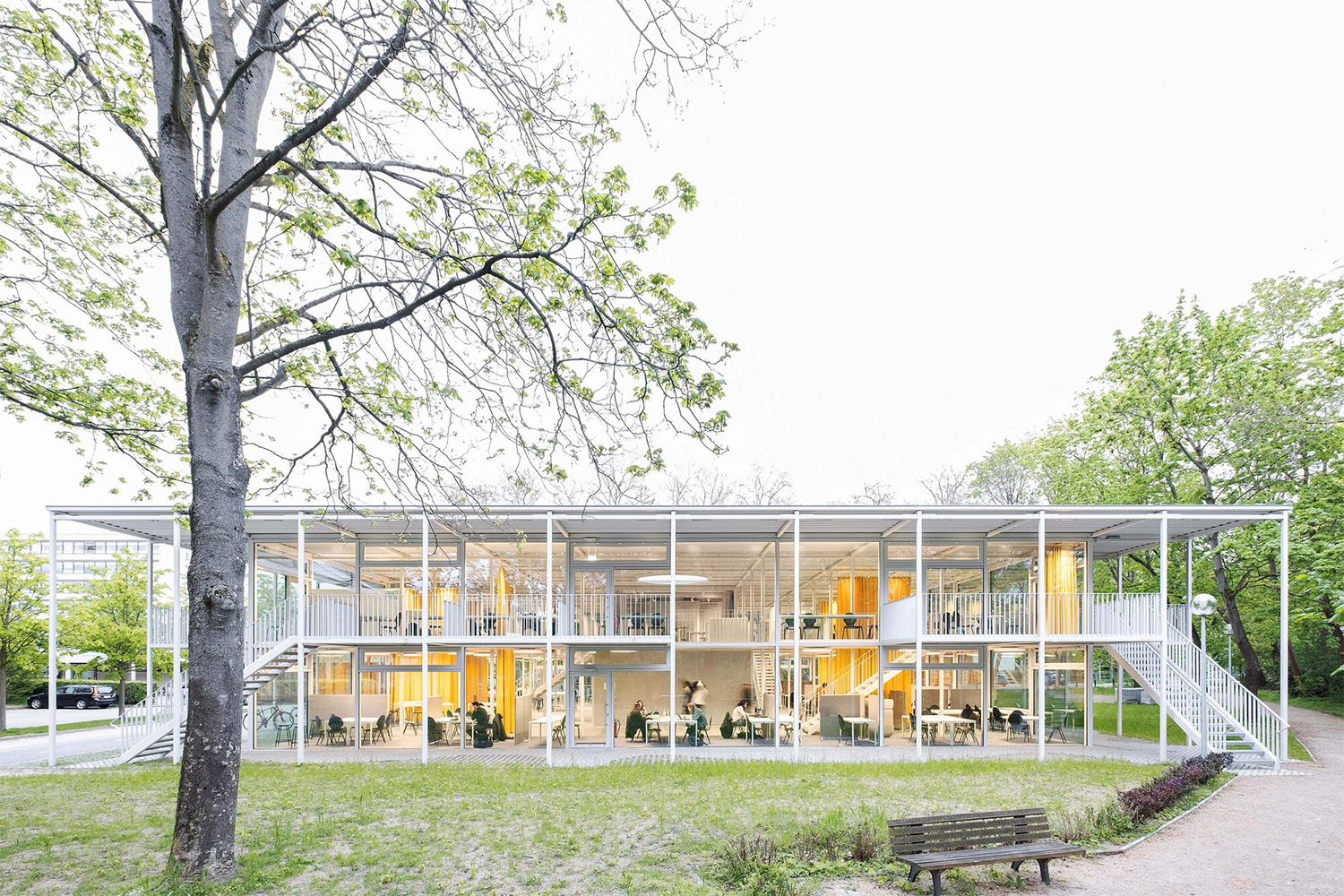
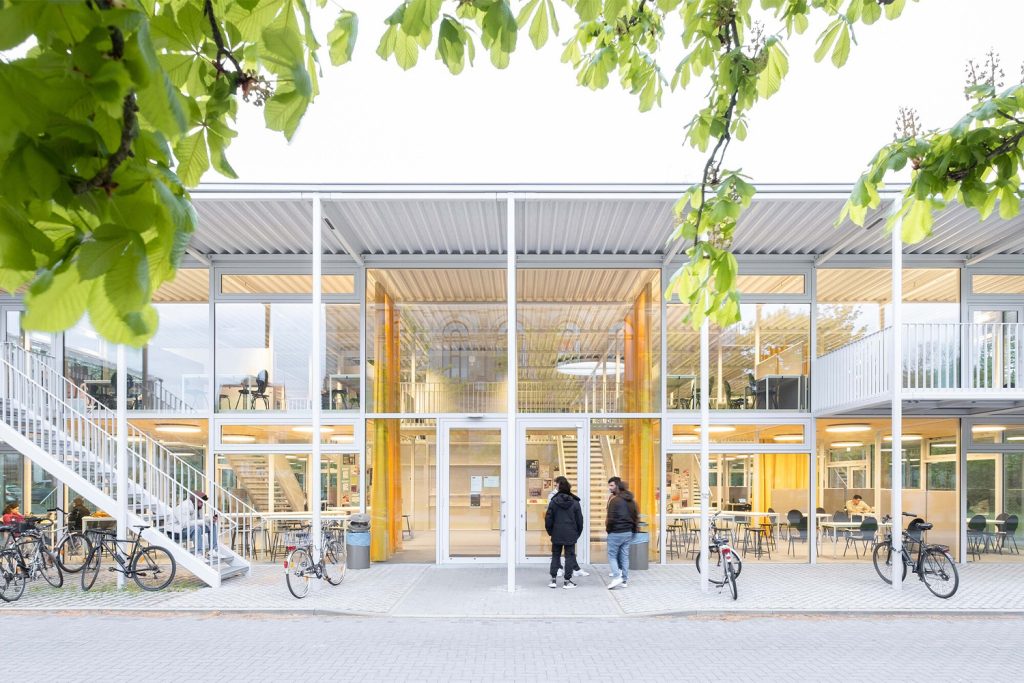
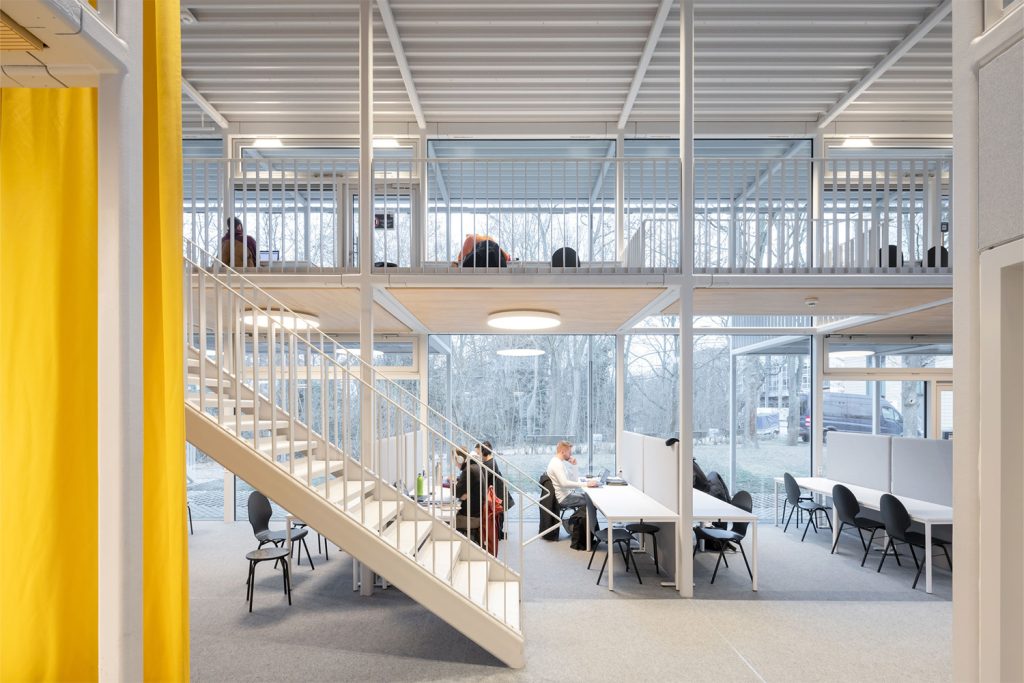
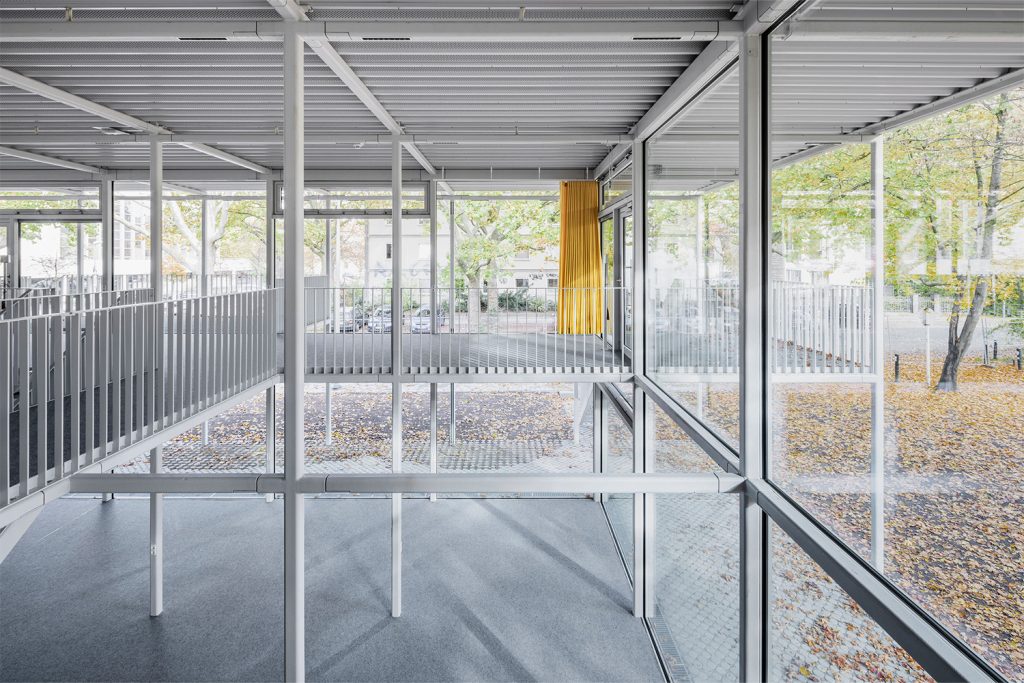
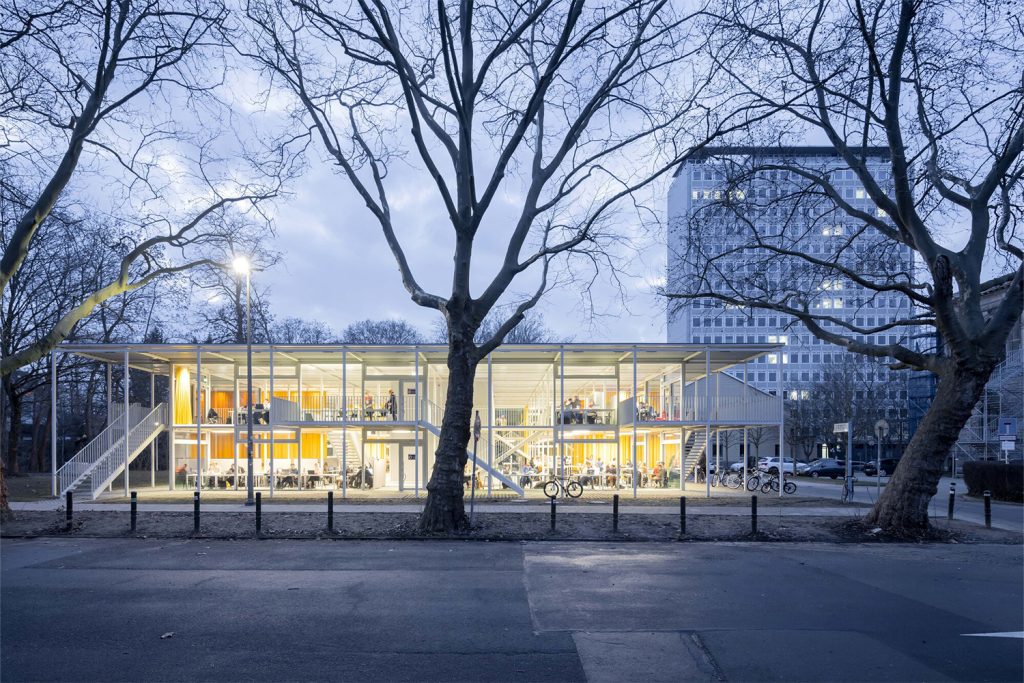














Leave a comment